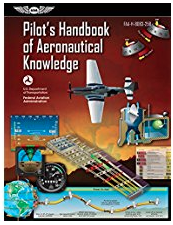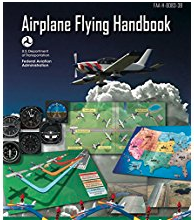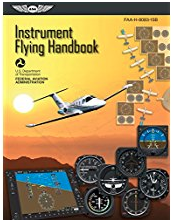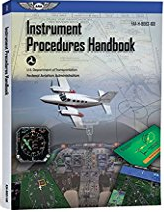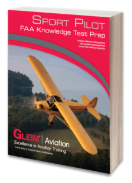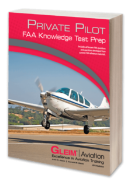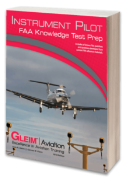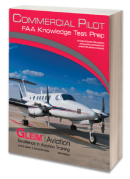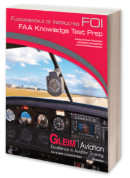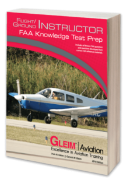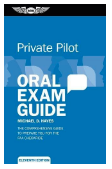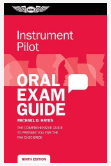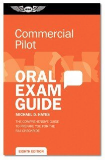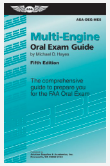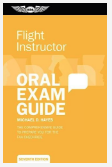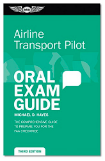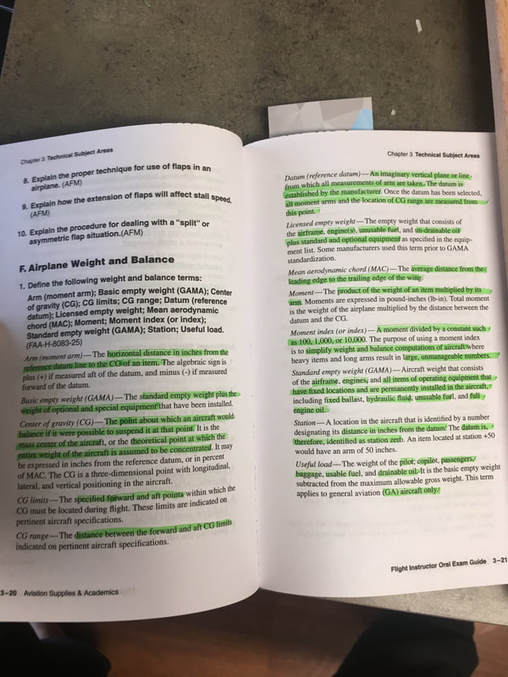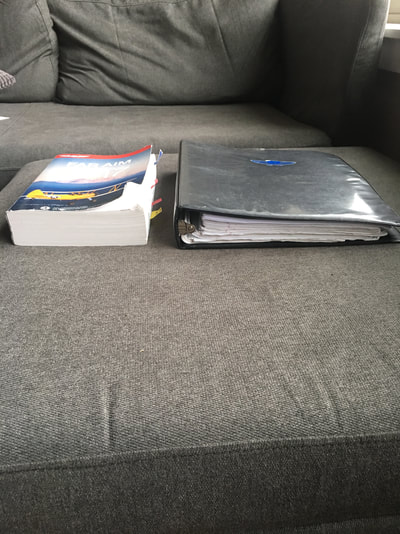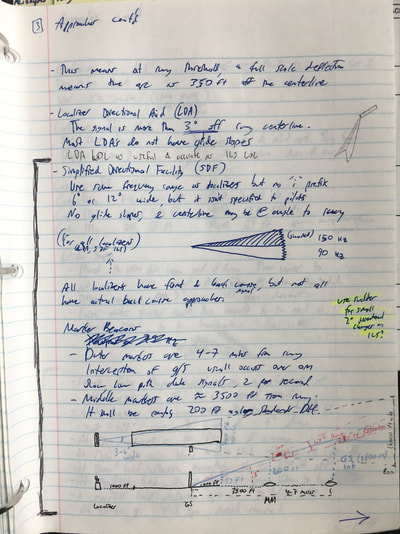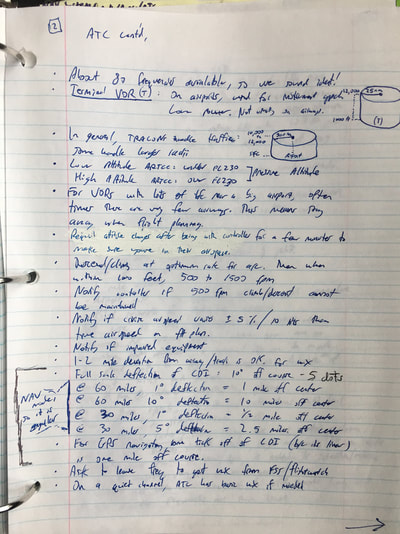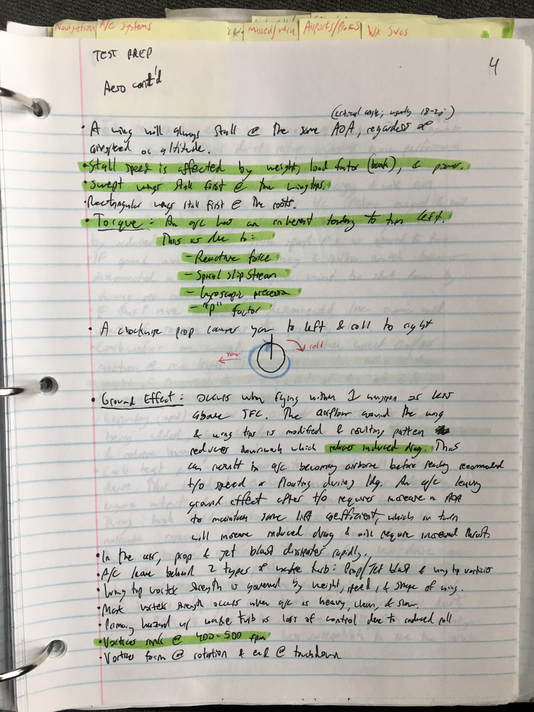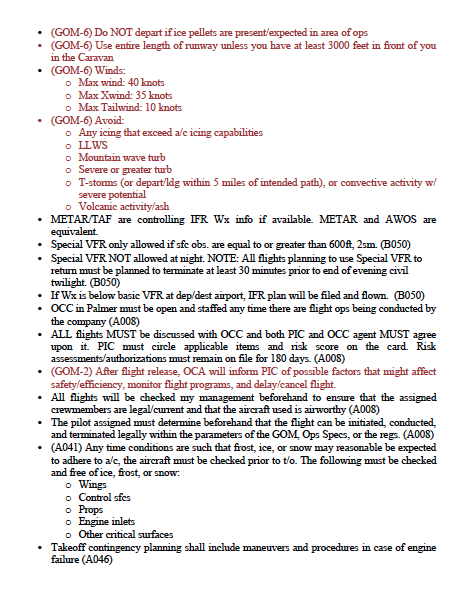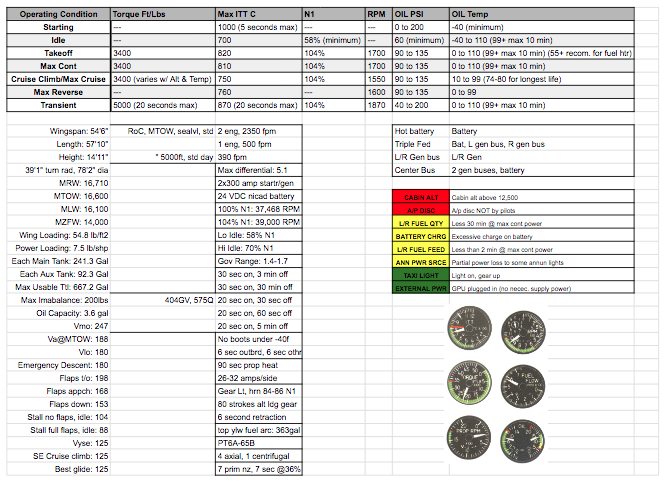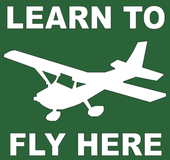
This guide is meant to help guide pilots of all skill levels in their journey of acquiring additional licenses and ratings, preparing for tests and checkrides, and becoming a more knowledgable aviator. I started flying in 2010 and over the past 11 years, I have experimented with different methods of studying this material. I also completed a Bachelors of Science in Business and Marketing in 2014 using some of these methods, which proved to me that they were somewhat universal and could be applied to other disciplines - which is not surprising, as they are actually pretty simple.
This guide primarily covers knowledge acquisition, as the best practices for learning and practicing actual flight maneuvers, skills, and techniques will be covered elsewhere. What I will describe is what worked well for me, and though everyone is different and learns differently, I encourage all of my students to start here. So far, these methods have resulted in a 100% passing rate during the first attempt on every knowledge test, oral, training program, and checkride I attempted, including:
Step 1: Acquire the Reference Materials
The first step is acquiring the books or publications that contain the information which you need to learn for your particular subject and test. With the exception of my early Instrument Rating training, I never used videos or online courses and found that investing $40-$50 in a couple books worked really well for me. I have nothing against online courses - in fact, I recommend them to most of my students because of how effective they are. But at the time, I was short on money and had to save where I could.
For student pilots and those of you beginning instrument rating training, you will want to either buy the print versions or download the free PDF versions of the FAA's handbooks. Which route you choose depends on if you prefer reading from a book or screen and if you want to pay $15-$30 for the books. Personally, I bought each book and I am glad that I did because it is much more convenient to flip through pages than try to find a certain topic by swiping on a tablet. You can also highlight books and take notes in them. For flight instructors, I would highly, highly recommend paper copies of each book so that you can reference them immediately while instructing and during your oral. For written knowledge tests (aka "written tests"), I found Gleim Knowledge Test Prep books below to be most helpful, and I used them to prepare for my Private, Instrument, Fundamentals of Instructing (FOI), and Flight Instructor Airplane (FIA) written tests. All Gleim books contain reprints of the FAA Testing Supplement, which will be provided for you at the testing center where you take your knowledge test. The Gleim Fundamentals of Instructing (FOI) Knowledge Test Prep book actually contains the entire Aviation Instructors Handbook within (which is why it appears to be so thick), so it is essentially two books in one. The popular online courses will also prepare one for the written test, though I found most of them to include only enough information to pass the written test (aka they "teach to the test") and they left me wanting more for the money I spent on them. The exception to these is the Rod Machado course, which I found to be unique in that they also prepared students for the oral exam and life after the checkride. I was so impressed with these courses that I partnered with Rod to offer them through this site. Rod's course is a great "all in one" comprehensive ground school training solution, but for those of you looking for efficient training solutions for the written exam only, the Gleim books are my recommendation. Sheppard Air is a probably the most efficient Knowledge Test prep training solution, but it is not available for the Private Pilot knowledge test. Further, it is not about knowledge acquisition at all and relies purely on rote memorization and memory tricks to "hack" the written test. I discuss Sheppard Air at the bottom of this page. For getting ready for the oral and checkride, I can't recommend the ASA Oral Exam Guides enough. I credit these books as my primary source of relevant information because they essentially cover everything that one needs to know in a single compact and very affordable book. They also have scenario questions at the back which I found to be very helpful with commercial pilot training, since there seems to be very few books that touch on commercial pilot content. Once you have the book(s) you need in hand, proceed to step 2.
FAA Publications
Knowledge Test (aka Written Test) Prep Books
Oral Exam Guide Books
Step 2: Read and Highlight
Once you have the books in hand, its time to read through them. The FAA publications are large, very information-rich books, and reading them cover to cover might not be practical. For student pilots and pilots training for their instrument rating, I would recommend reading through the chapters as needed as your training progresses. For example, when your instructor tells you that during your next lesson you will be working on ground reference maneuvers, open up the Airplane Flying Handbook and read up on those maneuvers. As you begin to plan for Cross Country Flying, open up the Pilots Handbook of Aeronautical Knowledge and read the chapter on Navigation. This will make topics much more relevant and meaningful to you and you will be able to retain the information much better. Having said that, I encourage you to peruse through the books whenever you can, as they are very interesting and full of great content.
The Gleim Knowledge Test Prep books contain contain condensed summaries of relevant information for each subject, and then a list of questions pertaining to that subject. All the information needed to answer each question is in the condensed summaries. Read through each summary, and highlight the most important points of everything you do not already know. Then, answer each question (without marking the answer in the book) and highlight each question that you got wrong or did not immediately know the answer to. The ASA Oral Exam Guides may be read cover-to-cover initially. When you read it, you are just becoming familiarized with the content. Don't get hung up on being able to answer questions. You will probably know the answers to some of the questions, but many of them will cover new material. Once you have read through it, go back through the guide and highlight everything you do not already know. Note that if you are questioning whether you know something or just "kind of might" know it, you should highlight it. Be very liberal with your highlighter. Ideally you will find keywords or phrases that summarize the point of whatever it is you do not already know. The photo below provides an example of highlighting the most important bits of weight and balance information from my ASA Flight Instructor Oral Exam Guide. You can see that only the most important information from each definition has been highlighted. In effect, the definition of each term has been roughly cut in half, saving you time and ink.
Step 3: Write it all down
Out of the entire process, this is what I have found to be the most critical part. So far you have read through the book once and have gone back through and highlighted everything that you did not know. In essence, what you have done is taken an entire book of information, and condensed it down into a highlighted list of everything you need to study. This next step involves taking everything you highlighted and writing down in a notebook to create a study guide that is most relevant to you and your needs. This may sound time consuming - and it can be - but the physical act of writing everything down by hand is the key (this study discusses the subject of taking notes and doing so with pen and paper). The adage "blood sweat and tears," or "paying your dues" comes into play right here because this process will take some time and your hands are likely to become sore. But this is where you will imprint the content and knowledge into your brain.
I would recommend buying a very durable binder and at least a couple hundred pages of loose leaf paper to place in the binder. Find a couple good pens and head to your favorite coffee shop or wherever you will be able to stay focused and get to work. I encourage color-coding if that helps, as well as drawing pictures and using Google to find clarifying answers to things that might not be clear to you in the book. Abbreviate, annotate, whatever - just make sure that what you write down is representative of everything that you highlighted in the book. Below are some examples from my book. (Apologies for my terrible hand writing! I know how to read it, so I didn't need to take extra time by writing for others.)
First, my notebook is separated by rating/certificate. Each rating/certificate is further broken down by study book (either Gleim Knowledge Test Prep book or ASA Oral Exam Guide book). Finally, I subdivide each study book by topic or chapter. You can see my sticky note tabs on the top of the pages. The best part about the paper being loose is that you are free to move sections around as appropriate. For example, when I was studying for my Commercial, I moved all of the very in-depth weather notes from my Instrument Rating section into my Commercial section so they were on-hand.
Step 4: Read and Highlight again!
Once you have written out all of the highlighted parts of each book, you will have your own personalized study guide which contains everything that you need to work on. You still have the option of reading through the original study books and focusing on what you had highlighted. They may be easier to read (if your writing is like mine!), and the ASA Oral Exam books may be more compact and easy to throw in your bag. Or, you might want to continue to study from your own notebook because it will be more streamlined. Remember that the process of writing the information down was the point, so even if your dog eats the entire notebook, you will have gained from it already.
After you have spent some time studying and quizzing, you can go through your notebook and again highlight the material that you do not yet know. This will showcase your progress because everything that you copied into the notebook was originally stuff that you didn't know, and now you are going through the notebook and highlighting the stuff that needs further attention. The less you need to highlight, the more progress you have made! Now you have an even more compact list of highlighted material so that you can focus solely on highlighted notes in your notebook when you are studying.
Now go back to your Gleim Knowledge Test Prep books and answer the questions. You should be able to answer many of them, and circle each question that you still cannot answer. Once you have gone through each chapter of the Gleim book, take online practice tests from King Schools for free. I found the King Schools practice tests to have the most up-to-date question banks and very few glitches. You can select which subjects from each test to focus on (ie weight and balance, navigation, etc), and the number of questions you'd like to try. Just like on the real knowledge tests, you will be timed, and the time given to you will be pro-rated based on the number of questions you elect to answer (ie if you are given 2 hours to answer 60 questions, you will only get 1 hour to answer 30 questions).
I should note that this method works for airline Ops Specs, GOMs, and Aircraft Training Manuals/POH/AFMs as well. I went through my Pat 135 Ops Specs/GOM and highlighted the most important information that I figured would show up on my .293 checkride. I also went through the training manuals during Cessna Caravan, Beech 1900, and Hawker 800 training and copied all of the important topics into a notebook (or Google Docs, explained below). I used this method for my Citation and CJ type rating training and found it to be just as effective. In summary, 1) acquire the books; 2) read through them and and highlight any information you don't already know or believe to be very important; 3) type or write out/draw everything you highlighted into a notebook or word document; 4) go through that document and highlight everything you still don't know; 5) write those things out again. Remember: it is the act of writing or typing the material that solidifies it in your brain.
Additional Study Tools
Sheppard Air
You may or may not have heard of Sheppard Air. Essentially what Sheppard Air provides is a training system through which you will be able to memorize the answers to the FAA Knowledge Test questions as efficiently as possible. This is done by using their software which repeatedly showing the correct answer to each question over and over. You will literally just memorize correct answers so that you barely have to read the question and you will know exactly which answer is correct. Its actually quite genius for a method of test preparation that lets you "play the system." Some people claim to have spent 5 or 6 hours using Sheppard Air as their only studying method the day before their Knowledge Test and passed it the first try with 100%. I don't doubt this is possible, and in fact, I used this program myself for my Instrument Rating Knowledge Test and I had similar results. However, this program prepares you to pass the Knowledge Test only. You will NOT learn the material, you will NOT understand the material, and this will NOT prepare you to pass the oral exam or become a knowledgable pilot. What you will be able to do is get a good score on the Knowledge Test your first try and put in as little time as possible in preparation for it. So if that is necessary, then it is a great tool. If you are struggling financially or are on a very tight deadline (which was my case, since I had a fixed number of days until my training program ended and I had to fly back home across the United States), the $40-$50 that Sheppard Air costs might be good insurance to make sure you pass that $150 Knowledge Test the first try. BUT - make sure you actually put in the time to learn the material at some point before your oral and checkride. Sheppard Air is NOT available for Private Pilot students. If you do want a program that will help prepare you for the Private Pilot knowledge test AND will provide you with practical aviation knowledge, check out Rod Machado's Private Pilot Ground School course. You have the potential to save quite a bit of money by using his program because it will negate the need for much ground school time with your flight instructor (and at $50-$60 per hour, that is some considerable savings!). Google Docs/Google Sheets While I prefer writing notes by hand and find it generally more effective, sometimes typing can be most convenient - especially if it allows you to create multiple copies that are accessible on multiple devices. Plus, the ability to copy/paste and quickly delete information helps to create more concise documents. I created summaries of Ops Specs, GOM, and aircraft limitations using Google docs and Google Sheets, as seen below. I then saved the PDF files onto all my devices, and was able to study during my commutes up to Alaska and whenever I was without internet. I also printed out the aircraft limitations summaries that I made on Google Sheets and folded them up into my pocket so I could pull it out whenever I had a free moment.
1 Comment
Tony C.
4/8/2019 09:06:06 am
Thank you so much for this. I'm trying to get my PPL on a budget and this type of guidance is exactly what I needed!
Reply
Leave a Reply. |
|
- Home
-
Flight Instruction
- Private Pilot Flight Training
- Remote Pilot Part 107 Drone UAS Training
- Sport Pilot Flight Training
- Instrument Rating Flight Training
- Commercial Pilot Flight Training
- Multi-Engine Flight Training
- CFI Flight Training
- ATP Flight Training
- Bend Flight Training
- Flight Simulators
- Flight Review
- Paragliding and Paramotoring
- Private Pilot Ground School
-
Courses & Books
- Learning Center
- Contact
- Pilot Resources
- Our Goal
- News
- Ferry Pilot Services
- Contract Pilot Services
- Oregon Flight Instructor Jobs

